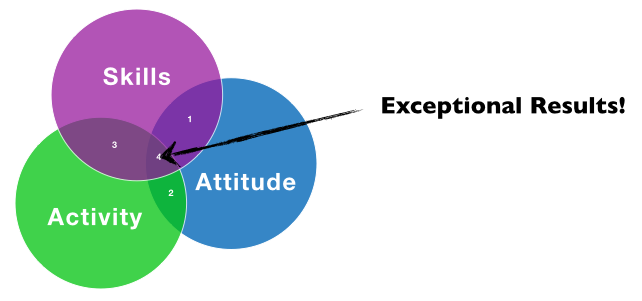 Checking your progress is critical for success!
Checking your progress is critical for success!
You might be thinking, “Why is he asking me how I’m doing on my New Year’s resolutions when it’s only January?” The reason is that 1 in 4 people don’t even make it through the first week on their resolutions or goals, whatever you want to call them! If you don’t get off to a good start, there’s little chance of you hitting your goals by the end of the year. Goals can be the source of motivation and drive yet they can also represent endless frustration if we fail to reach them.
Reaching goals is something you can learn
A great thing about training and developing sales teams is that I get to work with salespeople who, by nature, are goal oriented and high achievers. If you would like to learn more about improving your skills in reaching goals, Northbound offers “Bulls Eye!”, a workshop dedicated to helping sales professionals get what they want out of their career and their life.







